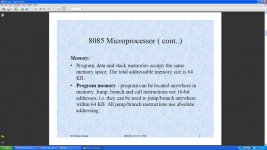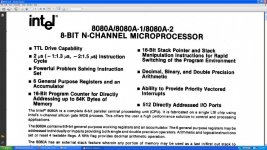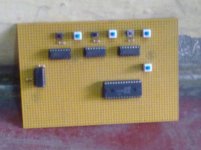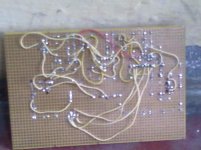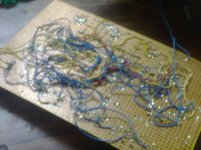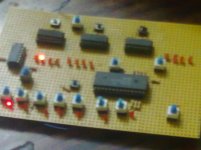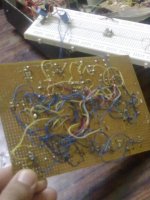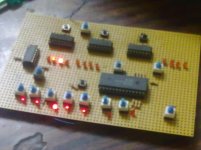I will always remember this.....Note the case of the letter used: "b" = bits; "B" = bytes. 64Kb = 8KB. 2864 = 64Kb = 8KB.
thanks
I don't understand the rest of your question, sorry.
as we will connect add. pins of 8085 to ROM directly but in case of RAM there will be no data left after switching off power, so how it work in circuit we will connect it than how it will do task....??
I hope know you will be able to understand my question....

